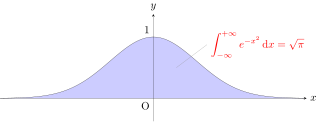| Function | Mellin transform | Fundamental strip | Comments |
|---|
 |  |  | Definition |
 |  |  | |
 |  |  |  |
 |  |  | |
 |  |  | Involution |
 |  |  | Here  denotes the complex conjugate of denotes the complex conjugate of  . . |
 |  |  |  , Scaling , Scaling |
 |  |  | |
 |  |  | The domain shift is conditional and requires evaluation against specific convergence behavior. |
 |  |  | |
 |  |  | |
 |  |  | |
 |  |  | |
 |  |  | Valid only if the integral exists. |
 |  |  | Valid only if the integral exists. |
 |  |  | Multiplicative convolution |
 |  | | Multiplicative convolution (generalized) |
 |  | | Multiplicative convolution (generalized) |
 |  |  | Multiplication. Only valid if integral exists. See Parseval's theorem below for conditions which ensure the existence of the integral. |


































































































































































































































